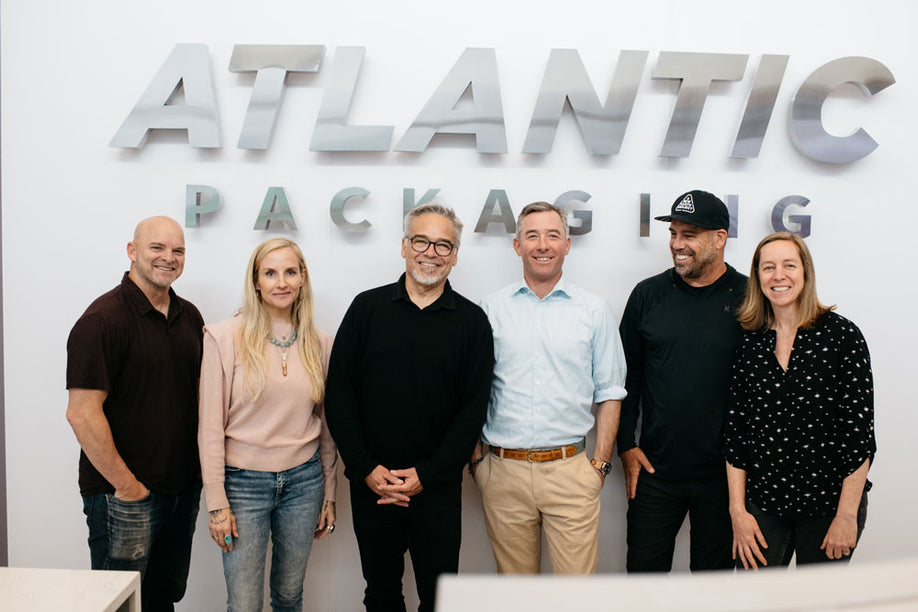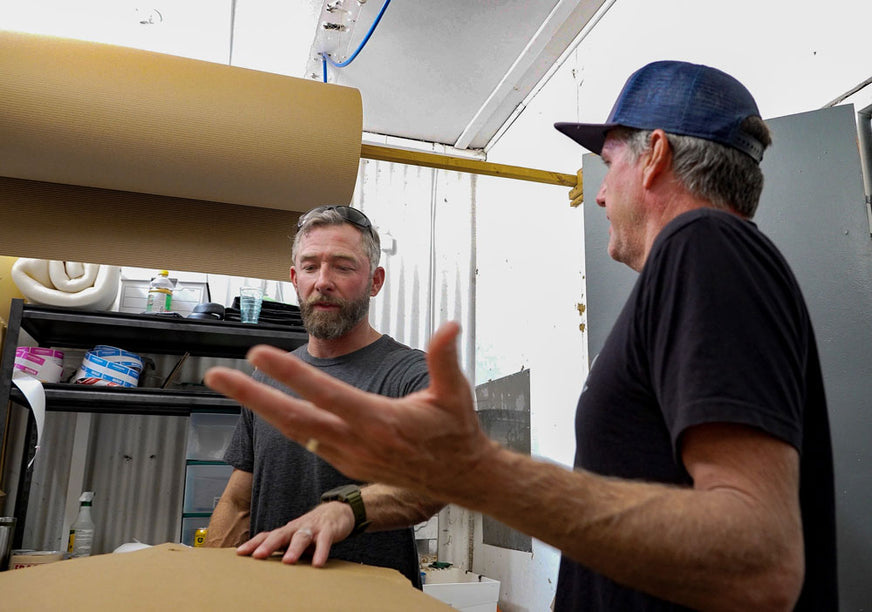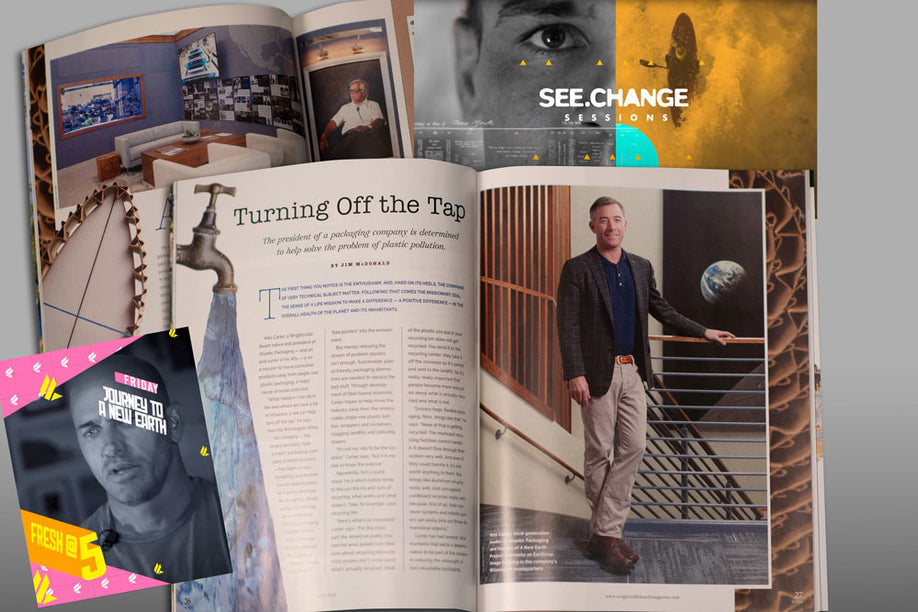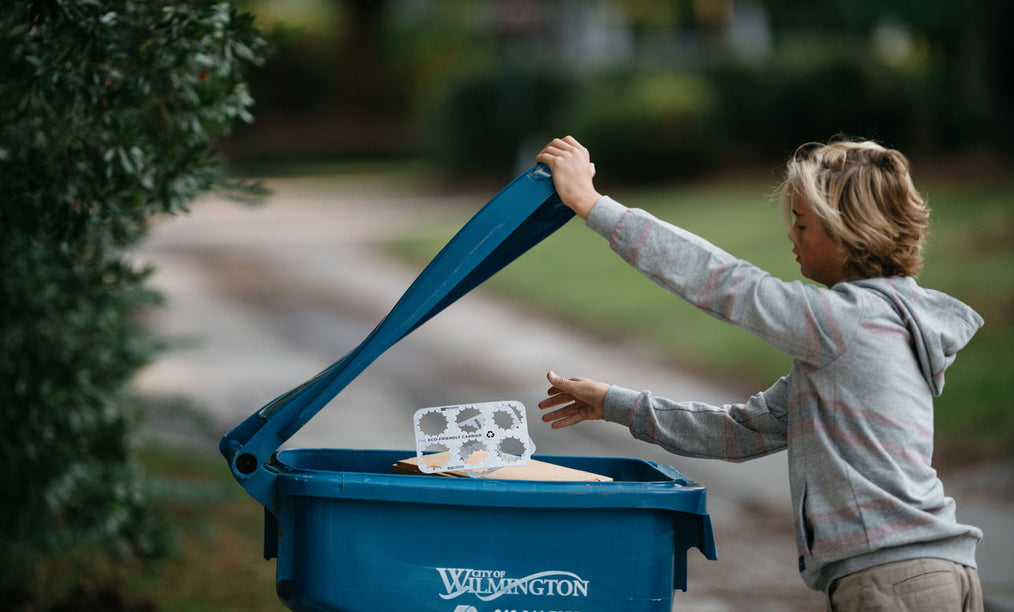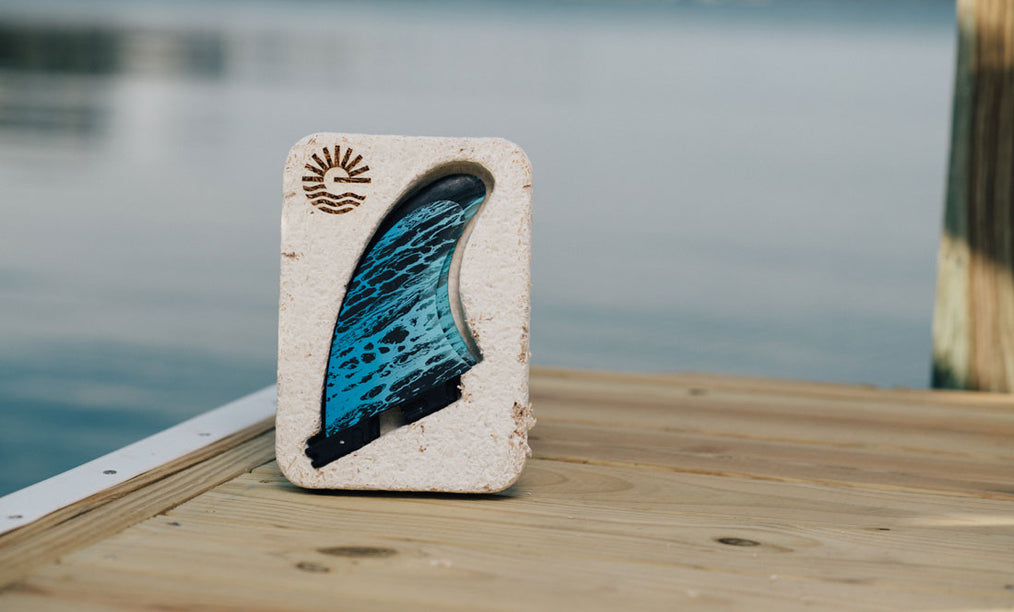Love it or loathe it, plastic has become a pillar of modern civilization. Its omnipresence today is no accident. Plastic is impressively adept at enhancing our lives. From toys to tech, cosmetics to cars, food storage to fishing nets, every industry imaginable has been transformed by the polymers we call plastics.
But while it's been used to solve countless problems, the course of human history is clear: whenever we humans think we've solved one problem, we usually create another.

The Plastic Predicament
Today, the issue of plastic pollution, particularly in our oceans—the cradle of life as we know it—is causing unprecedented environmental chaos. While cleaning up the marine mess is commendable, it's ultimately patch-up job. The real solution lies upstream, right at the source.
Interestingly, even initiatives like The Ocean Cleanup acknowledge that prevention trumps cure. That's why they're actively addressing river waste alongside their awe-inspiring ocean endeavors.
But, the million-dollar question is: How do we stop this incessant plastic flow, especially when it's woven into the fabric of our lives?
A recent study by Lesa M. Erdle and Marcus Eriksen of the 5 Gyres Institute offers a fresh perspective. They suggest that the way forward is simplifying our comprehension of the plastic conundrum. When we segment the issue into manageable, relatable sectors, it not only clarifies the puzzle but also strategizes our counteractions.
Historically, categorization is how we've battled major issues—be it urban smog, beach tar, or the ozone layer crisis.
Understanding Plastics: A Sectoral Breakdown
Though ubiquitous, not all plastics are cut from the same cloth. Different plastics have different applications. Here’s a breakdown:
- Agriculture: Think mulch films, containers, tools.
- Appliances and Machinery: Your home gadgets and industrial devices.
- Construction: Building materials and related items.
- Durable Goods: The long-livers, like machinery and tools.
- Electronics: All things tech.
- Events, Travel, and Hospitality: Event materials, travel essentials, and hotel services.
- Fishing Gear: Nets, lines, floats, you name it.
- Food Service and Packaging: The everyday containers, packages, and utensils.
- Home Décor and Furnishings: Furniture and ornaments.
- Hospital and Medical: The breadth of healthcare plastics.
- Hygiene and Cosmetics: Personal care products and their packaging.
- Primary Microplastics: Intentional tiny plastic additives.
- Shipping and Transportation: Packaging and logistic materials.
- Smoking Materials: Cigarette filters and allies.
- Textiles: Your clothing and fabric universe.
- Tires: The rubbery wheel wonders.
- Toys, Sports, and Recreation: Playtime and leisure goods.
Erdle and Eriksen emphasize that grasping these sector-based nuances will turbocharge our mitigation tactics.
This meticulous understanding will guide us in allocating resources, refining strategies, and forming targeted solutions. Policymakers and manufacturers will be better equipped for well-informed decisions.
This type of approach will be crucial for the future of Producer Responsibility Organizations that will be crafting the nuances of EPR legislation regulation, like the fee structures applied to different materials.
The point is big problems, when broken down, become small ones. That can be true even for plastic pollution.
Don’t let the magnitude of this issue overshadow its solvability. With a lucid roadmap, tailor-made solutions become tangible. As Erdle and Eriksen astutely point out, breaking down the plastic challenge is the ideal kickoff.
Dive deeper into their insights here.

